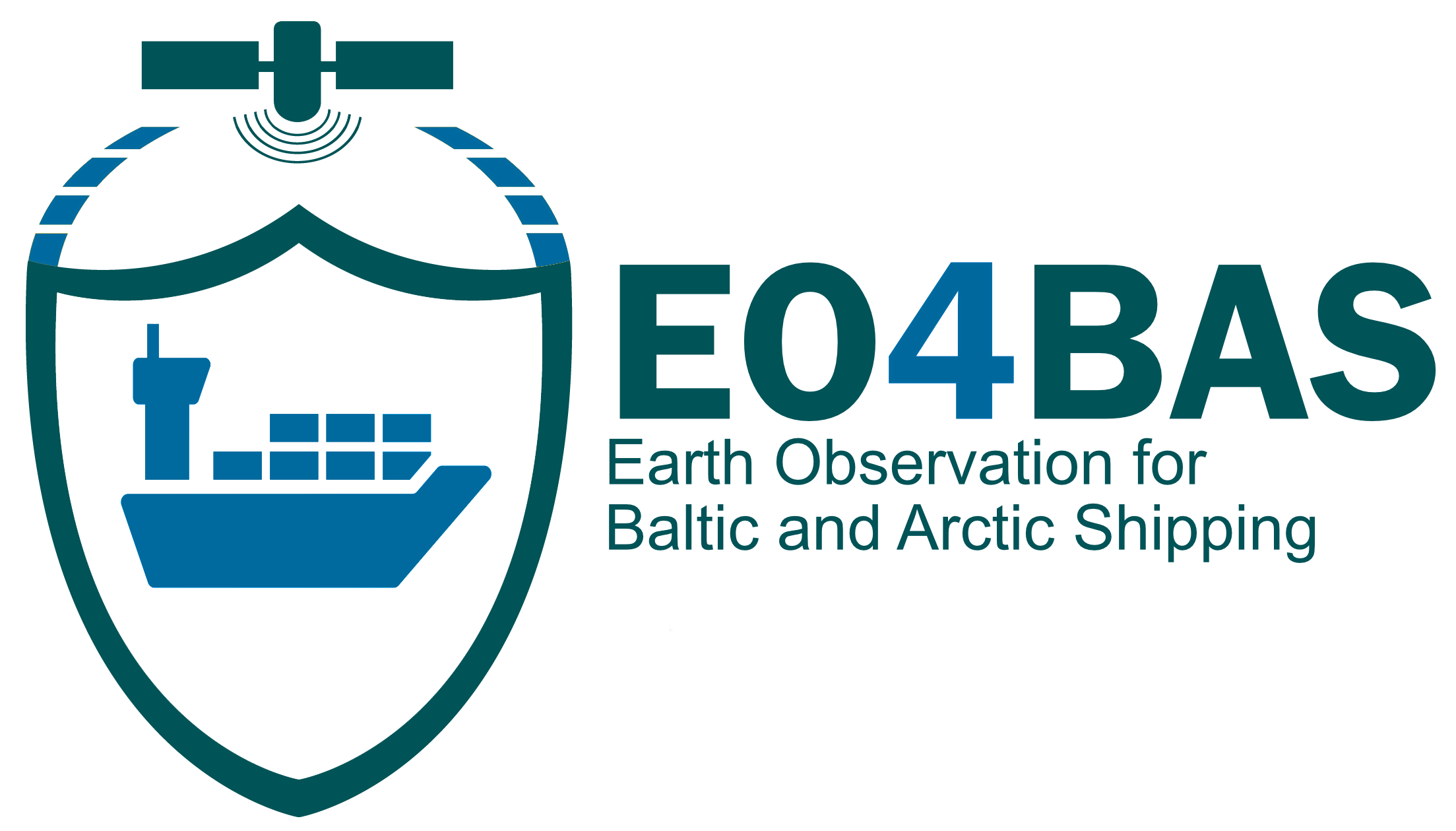Product Description
Among all satellite sensors, SAR is the most utilized for operational oil spill detection and SAR imagery are routinely used for monitoring especially where the use of optical images is limited by clouds, as in the Arctic and Baltic regions. Oil spills are detected as low backscattering areas in C- and X- band SAR images but the discrimination of oil spills and look-alike phenomena e.g., low wind area, wind front area and natural slicks is a crucial task in the SAR image analysis process. Two relevant considerations apply: the first is that the oil is detected as dark spot with respect to the surrounding sea backscattering, but the crucial point is that the sea backscatter can be more or less bright depending on the sea roughness (or wind). As example, in presence of grease ice in the Arctic region, if the sea is rough the sea will look bright and both greasy ice and oil will appear as dark spots, generating confusion. Instead, in a calm sea which is dark, the brighter grease ice will be not confused with the dark oil spots. The second consideration is that oil spill detection by SAR has very clear limitations in the wind speed range: oil detection by SAR is effective excluding very low wind speed (< 3m/s) and high wind speed (> 9 m/s). The first case is relevant because at low wind speed a lot of surfactants (bio-genic oil) appear as dark spots, and surfactants vanish for wind speed > 3m/s. With high wind speed (> 9 m/s), the sea surface appears as a homogeneous bright surface independently if the sea surface is contaminated by the oil.
Product Specifications
BUSINESS PROCESS | SCE, IN, SO, ELD |
DESCRIPTION | Oil spill detection and drift |
EO INFORMATION OF INTEREST | Detection of hydrocarbon contamination, drift, and source accounting. |
MAIN PROCESS STEPS | Geocoding, radiometric conversion multi-looking, speckle filtering, edge enhancement, texture analysis, and shape analysis techniques. |
INPUT DATA SOURCE | C- and X-band SAR imagery. |
SPATIAL RESOLUTION AND COVERAGE | Spatial resolution from 20 (IW) to 40m (Sentinel-1 EW), coverage from 20 to 400 km (Sentinel-1). SAR VHR lower than 30 meters |
ACCURACY / CONSTRAINS | Limited by noise, speckle, and resolution. SAR sensors can achieve detection accuracies of up to 93% for dark spots in SAR images, using deep learning frameworks such as SegNet (Shaban et al., 2021). |
LIMITATIONS | Radar detection of oil is difficult in low or high wind areas, due to backscattering of water. Wind speed between 3 and 9 m/s are optimal. Thin oil films may not produce strong enough signals to be easily distinguishable from the surrounding water. |
TEMPORAL RESOLUTION | Daily (Sentinel-1), sub-daily using other satellites |
FREQUENCY UPDATE | Daily |
DELIVERY / OUTPUT FORMAT | Raster images, oil shapes, NetCDF |
ACCESSIBILITY | Copernicus Marine service commercial SAR satellite data providers |

